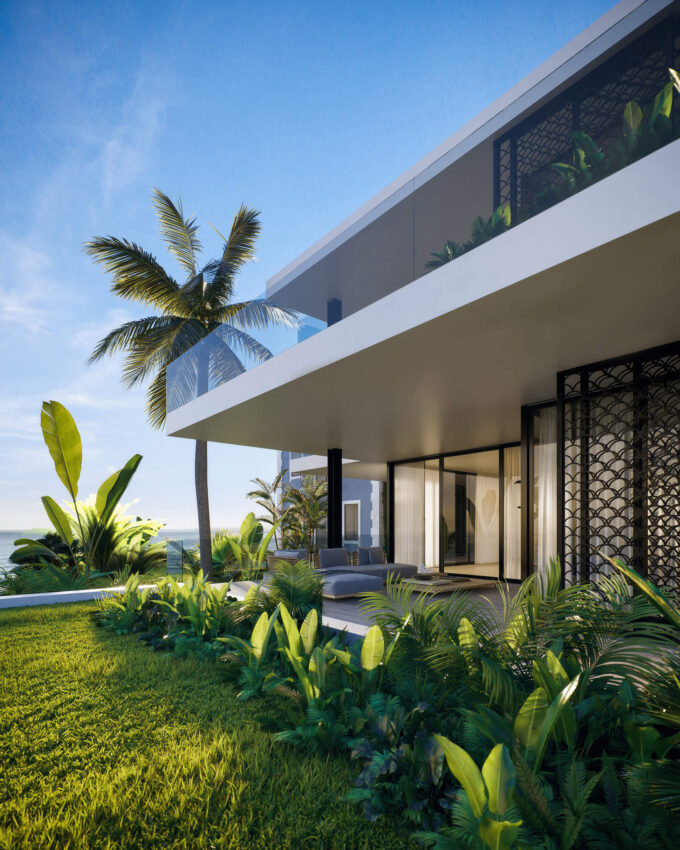Posted on January 19, 2024
From Concept to Reality: The Process of 3D Architect Visualization
Architectural visualization is a crucial step in the design and construction process. It allows architects, designers, and clients to visualize and understand a building or space before it is built. With the advancement of technology, 3D architectural visualization has become an integral part of the design and construction industry. This article will explore the process of 3D architectural visualization, from concept to reality.
1. Concept Development
The first step in the process of 3D architectural visualization ( also known as ‘arkitektonisk visualisering’ in the Danish Language) is concept development. This involves gathering all the necessary information about the project, such as the client's requirements, site conditions, and design objectives. The architect or designer then develops a concept based on this information. The concept may include sketches, mood boards, and references to similar projects.

Image Source: Google
2. 3D Modeling
Once the concept is finalized, the next step is to create a 3D model of the building or space. This is done using specialized software, such as AutoCAD, Revit, or SketchUp. The architect or designer starts by creating a basic model of the building, including the walls, floors, and roof. They then add more details, such as windows, doors, furniture, and landscaping.
3. Material Selection
Once the 3D model is complete, the next step is to select materials and finishes for the building or space. This includes choosing the colors, textures, and patterns for the walls, floors, and other surfaces. The architect or designer may also select furniture, fixtures, and accessories to complete the look.
4. Lighting Design
Lighting plays a crucial role in architectural visualization. It helps to create the right ambiance and highlight the design features of the building or space. During the lighting design phase, the architect or designer determines the type, placement, and intensity of the lights.
